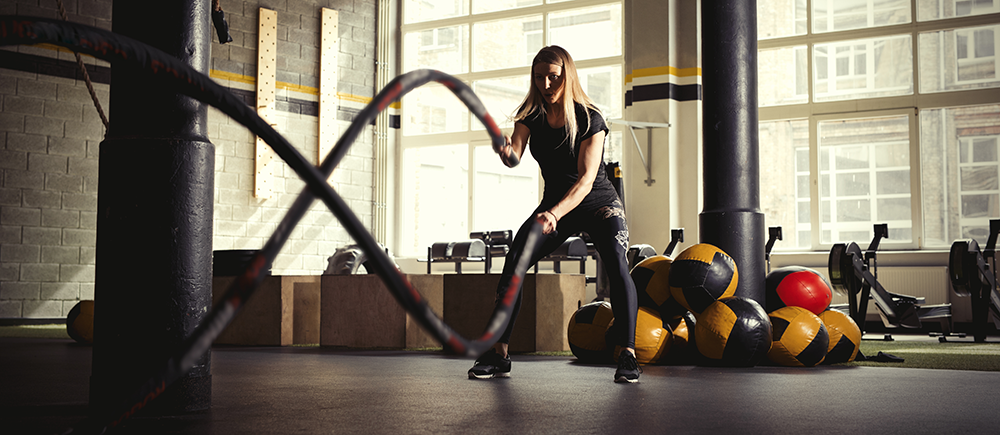Best Fabrics for Athletic Wear & Athletes22 July 2024 | Admin
When choosing fabrics for athletic wear, it's essential to consider materials that offer breathability, moisture-wicking properties, flexibility, and durability. Here are some of the best fabrics commonly used in athletic wear: 1. PolyesterProperties: Lightweight, durable, moisture-wicking, and quick-drying. Benefits: Retains shape, resists shrinking and stretching, and often has antibacterial treatments. Polyester is a synthetic fabric that excels in durability and performance, making it a popular choice for a wide range of athletic garments. 2. NylonProperties: Soft, smooth, and strong. Benefits: Excellent abrasion resistance, high elasticity, and quick-drying. Nylon's superior strength and flexibility are ideal for high-intensity sports and activities. It is often used in compression wear and performance apparel. 3. Spandex (Lycra or Elastane)Properties: Extremely elastic and flexible. Benefits: Provides stretch and recovery, allowing freedom of movement. Spandex is usually blended with other fabrics to enhance elasticity and comfort, making it perfect for activities that require a wide range of motion. 4. Merino WoolProperties: Natural fiber, breathable, and moisture-wicking. Benefits: Regulates body temperature, resists odours, and offers comfort in a wide range of temperatures. Merino wool is ideal for hot and cold weather, making it a versatile choice for athletes who train in various climates. 5. Bamboo FabricProperties: Soft, breathable, and moisture-wicking. Benefits: Antibacterial, hypoallergenic, and environmentally friendly. Bamboo fabric also offers UV protection, making it a great option for outdoor sports and activities. 6. PolypropyleneProperties: Water-resistant and moisture-wicking. Benefits: Keeps the wearer dry by pushing moisture to the fabric's surface. Polypropylene is ideal for base layers, ensuring sweat is quickly moved away from the body and keeping athletes dry and comfortable. 7. Cotton BlendsProperties: Soft and breathable. Benefits: When blended with synthetic fibres, cotton can offer comfort and moisture management. Pure cotton, however, retains moisture and is less ideal for intense workouts. Blends provide the softness of cotton with the performance benefits of synthetics. 8. Tencel (Lyocell)Properties: Soft, breathable, and moisture-wicking. Benefits: Environmentally friendly, biodegradable, and resistant to wrinkles. Tencel is smooth against the skin and highly effective at managing moisture, making it a comfortable and sustainable option for athletic wear. 9. MeshProperties: Highly breathable. Benefits: Often used in panels for ventilation in high-sweat areas. Mesh fabrics enhance airflow and help regulate body temperature during intense workouts. 10. Gore-TexProperties: Waterproof, windproof, and breathable. Benefits: Ideal for outdoor activities in various weather conditions, keeping the wearer dry from rain and sweat. Gore-Tex is a high-performance fabric that ensures comfort and protection in challenging environments. Factors to ConsiderWhen selecting athletic wear, it's important to consider the following factors: Activity Type: Different activities may require different fabric properties (e.g., compression for support in running, breathability for yoga). These fabrics enhance performance, provide comfort, and ensure durability during physical activities. Selecting the right fabric can significantly impact your athletic performance and overall workout experience. |
|



